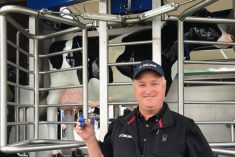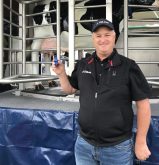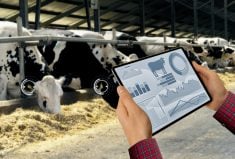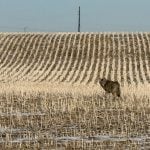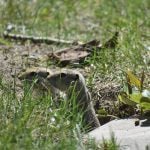A western Canadian company specializing in livestock monitoring has increased its offering to farmers as the affordability and effectiveness of artificial intelligence has improved.
At the recent Canada’s Outdoor Farm Show (COFS) in Woodstock, OneCup AI announced its newest achievement: facial identification for poultry.
CEO Mokah Shmigelsky used news of the poultry innovation to draw attention to the company. Speaking to Farmtario after the presentation, she confirmed the technology can accurately identify one chicken from another.
Read Also
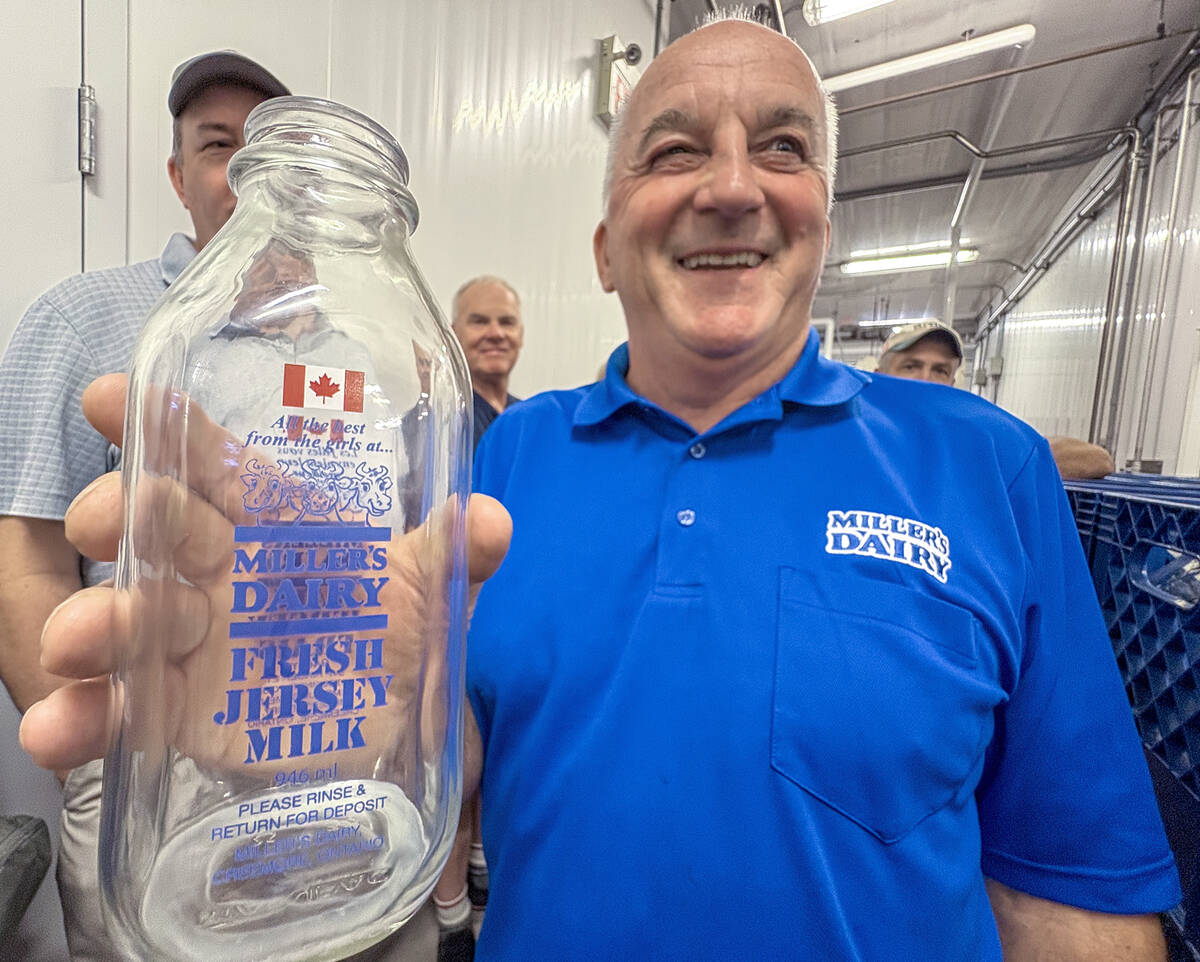
Farm to bottle, Miller’s Dairy a winning blend of tradition and vision
Miller’s Dairy in Creemore blends vintage equipment with modern tech to produce glass-bottled premium Jersey milk and ice cream.
Why it matters: Collection of farm data is becoming more common but it must be translated into something meaningful for farm operators.
She admitted it has been difficult to determine how to turn this into a valuable service for poultry producers, so OneCup AI attended the show to make connections in Ontario’s dairy industry and to promote the adoption of the Vancouver-based company’s flagship BETSY (Bovine Expert Tracking and Surveillance) system of farm-based cameras, data processors and smartphone apps.
[CANADIAN CATTLEMEN] Artificial intelligence at the heart of cattle ID system
Shmigelsky described BETSY as “Facebook for cows.” On a smartphone or computer screen, producers can pull up each animal and see how often they drink or how long they lie down, and view baseline data such as pedigree.
Producers can also call up a graphic depiction of what the herd is doing, look at live video of what’s happening in the barn or a pasture’s watering area, or look at historical video.
BETSY began in 2021 as facial identification for cows. It has since expanded into bison, elk, sheep, goats and pigs, and the company has recently been promoting applications in wildlife identification.
“It could go into areas where there are species at risk,” said Shmigelsky. “For example, it makes sense to transfer this technology into a provincial park to monitor wildlife species.”
Identifying predators near livestock is another possible application.
The company has also moved from solely facial ID into full-body identification. This wasn’t done to improve accuracy because bovine facial recognition was approximately 98 per cent accurate, even in the seemingly monochromatic faces of Black Angus cattle.
However, full-body data provides additional information about health status and it’s easier to identify from a distance using the whole animal.
Full-body ID will not be implemented in sheep because fleece changes over the seasons and can confuse the OneCup technology.
OneCup has worked with a few dairy farms in B.C. and Alberta so Shmigelsky recognizes that dairy farmer needs will differ from those of the beef producers with whom they’ve worked.
“A dairy producer still wants to know when the calf hits the ground,” she said of the similarities between beef and dairy customers. “But for the most part, it will be a little different in terms of what we’re watching for.”
One advantage she sees from using OneCup AI on dairy farms is the absence of hardware needs – no tags, collars, activity monitors or other equipment. Computer vision does the job.
“With our system, if you buy 10 more cows, you don’t need 10 more necklaces or 10 more tags.”
Subscribers to OneCup AI services receive security cameras, the app, plus a “Wi-Fi mesh system” that allows them to take Wi-Fi to the animals’ location. With its newest offering, one mesh disc “can cast a net with a 1,200-foot radius.”
Some prairie producers use the system to monitor cattle outdoors. Where Starlink has made its satellite-based internet service available, some use the company’s “Nomad” feature – designed for people in motorhomes – and solar power to set up cameras in remote corners of their pastures.
“Typically, we send out security cameras that have been modified for secure FTP upload. From there, everything (data processing) happens in the cloud,” Shmigelsky said.
Internet upload speeds greater than 10 megabytes per second are needed for best results, but BETSY has operated at as low as 1.5 Mbps, though that level doesn’t allow the system’s full monitoring capabilities.







